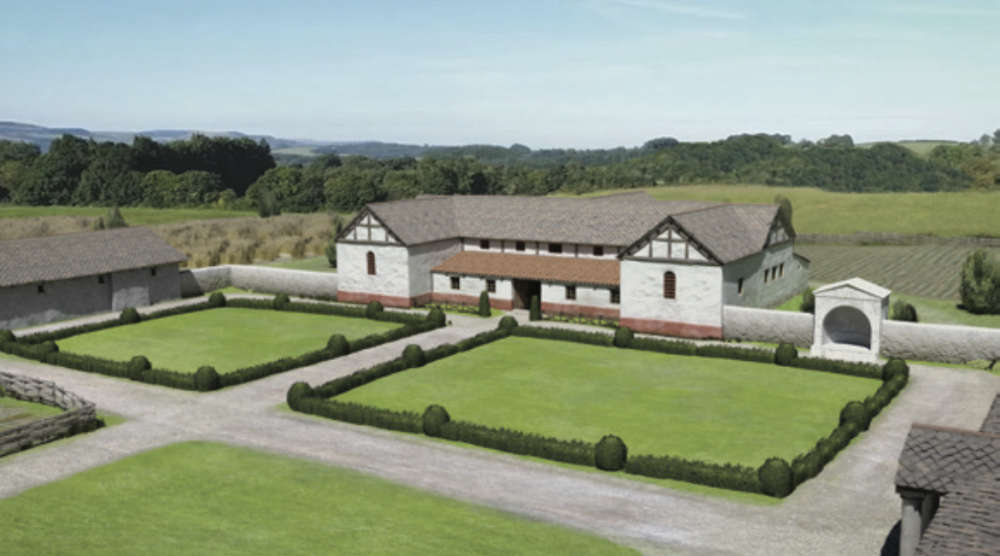
Situated on the eastern side of the Isle of Wight, overlooking Sandown Bay, Brading Roman Villa stands as a magnificent testament to the Island’s rich history.
With its roots tracing back to the Roman period, this archaeological site offers a fascinating glimpse into the lives of the Island’s ancient inhabitants. The villa was constructed in the years that followed the Roman invasion of Britain in AD 43 and was inhabited for four centuries.
The South Range was erected in around AD 100 and was followed by the completion of the grander North Range a hundred years later. The West Range was built around AD 300 – and was the last and grandest of three buildings on the site.
Brading Roman Villa served as a luxurious residence for wealthy Romans. Its location near the coast provided easy access to trade routes, while fertile arable lands around the villa allowed good crops of grain to be grown. Sheep and cattle could fertilise the land between seasons and natural springs nearby gave a good water supply.
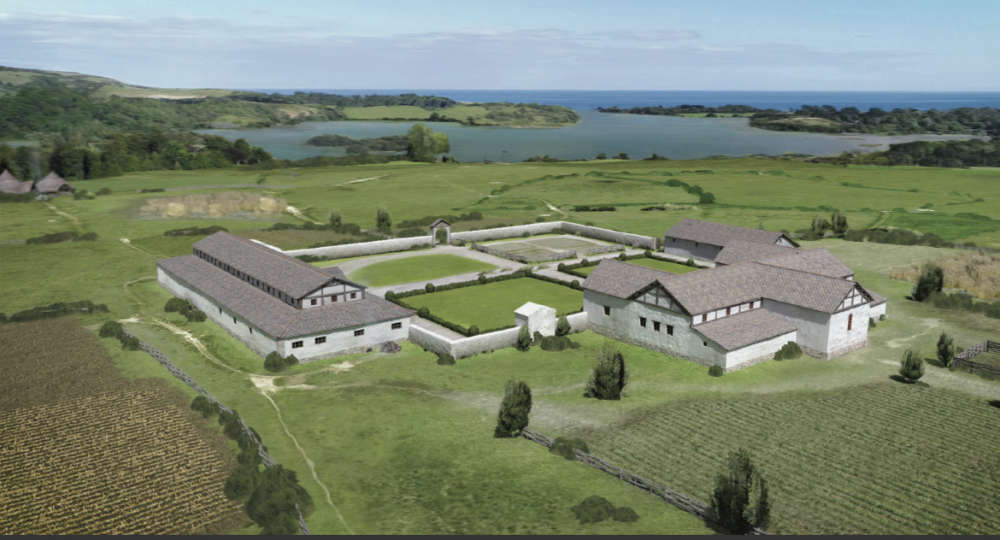
The ownership of the villa estate may have remained in the same family through the generations or changed many times. At its height during the 4th century it was home to a family of much wealth and importance.
It was around this time that the high status house, the West Range, was completed.
As a winged corridor villa, common in southern Britain, it provided separate private living accommodation for the owner and their family together with space for entertaining guests.
After the decline of the Roman Empire from 410 AD, the villa was abandoned by its wealthy owner and fell into disrepair. It remained hidden beneath layers of soil for centuries until its rediscovery in 1880. A local farmer named William Munns and retired army Captain John Thorp, uncovered the Bacchus mosaic. This serendipitous find led to a series of archaeological excavations, revealing the extensive remains of Brading Roman Villa.
Interest in the villa and its excavations led Lady Oglander of Nunwell to buy the land to ensure it could be managed and looked after.
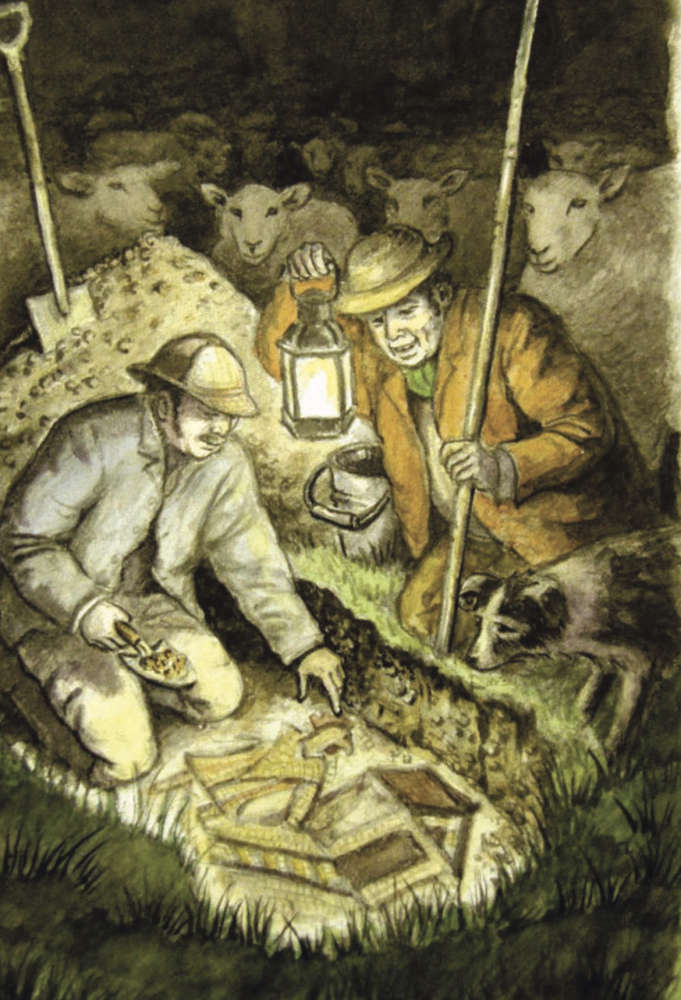
Once the villa was excavated a cover building was erected for protection to allow visitors to view the remains.
One famous visitor was Queen Victoria who was presented with tiles from the hypocaust, the underfloor heating system which formed part of the North range and designed by Roman engineers. These tiles were put on display in the museum at Osborne House.
‘Big digs’ between 2008and 2010 re-excavated the North and South Ranges and uncovered Victorian artefacts, including glass bottles, leather shoes and a baby’s dummy. The foundations of the early North and South Ranges are now outlined in chalk on the site.
The villa at Brading encompasses a vast area, with the North range building measuring approximately 46 metres in length. The villa would have featured a central courtyard surrounded by rooms and corridors, including a bathhouse and private chambers. One of the most captivating aspects of Brading Roman Villa is its exquisite collection of mosaics. These intricately designed floors depict various scenes, including mythical creatures, Roman gods and goddesses, and elaborate geometric patterns.
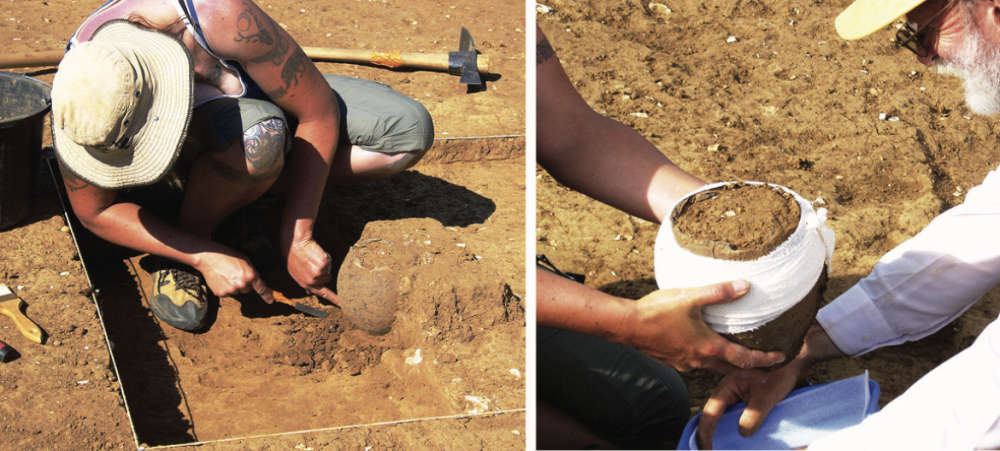
On the site today, the award-winning visitor centre and museum offer unique insights into Roman life in Britain from beautifully preserved mosaic floors to an extensive collection of Roman archaeology.Using artefacts and archaeological reports, the museum takes visitors on a tour from prehistory up to the modern day. Brading Roman Villa stands as a captivating window into the past, allowing us to glimpse the cultural significance of the Roman presence on the Isle of Wight. The villa welcomes many visitors and school groups to the fascinating site – and on-site café. It’s also a popular choice as an Isle of Wight events venue.
Its archaeological treasures continue to fascinate and educate visitors, ensuring that the legacy of this ancient site remains alive.
To see how the site and villa would have looked during the 400 years it was occupied, you can watch Brading Roman Villa’s virtual CGI tour at bradingromanvilla.org.uk

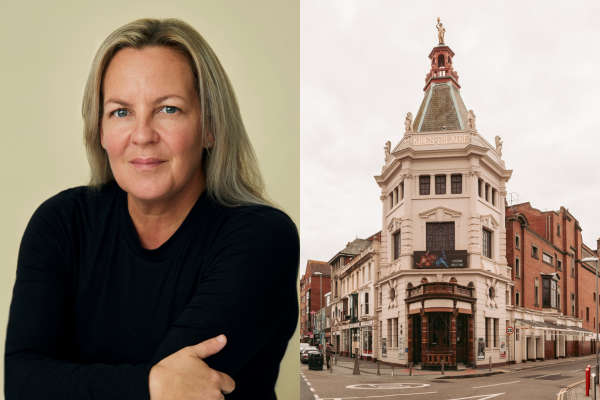 An Interview With Eastenders' Lorraine Stanley
An Interview With Eastenders' Lorraine Stanley
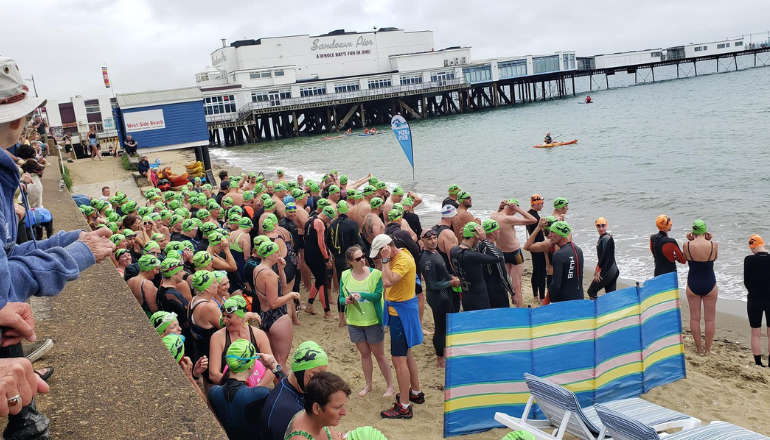 Splash Made At 70th Pier2Pier Swim Challenge
Splash Made At 70th Pier2Pier Swim Challenge
 Island Dancers Bring Home Gold, Silver and Bronze Medals From Prestigious Competition
Island Dancers Bring Home Gold, Silver and Bronze Medals From Prestigious Competition
 Headline Authors Announced As 2024 Isle Of Wight Literary Festival Launched
Headline Authors Announced As 2024 Isle Of Wight Literary Festival Launched
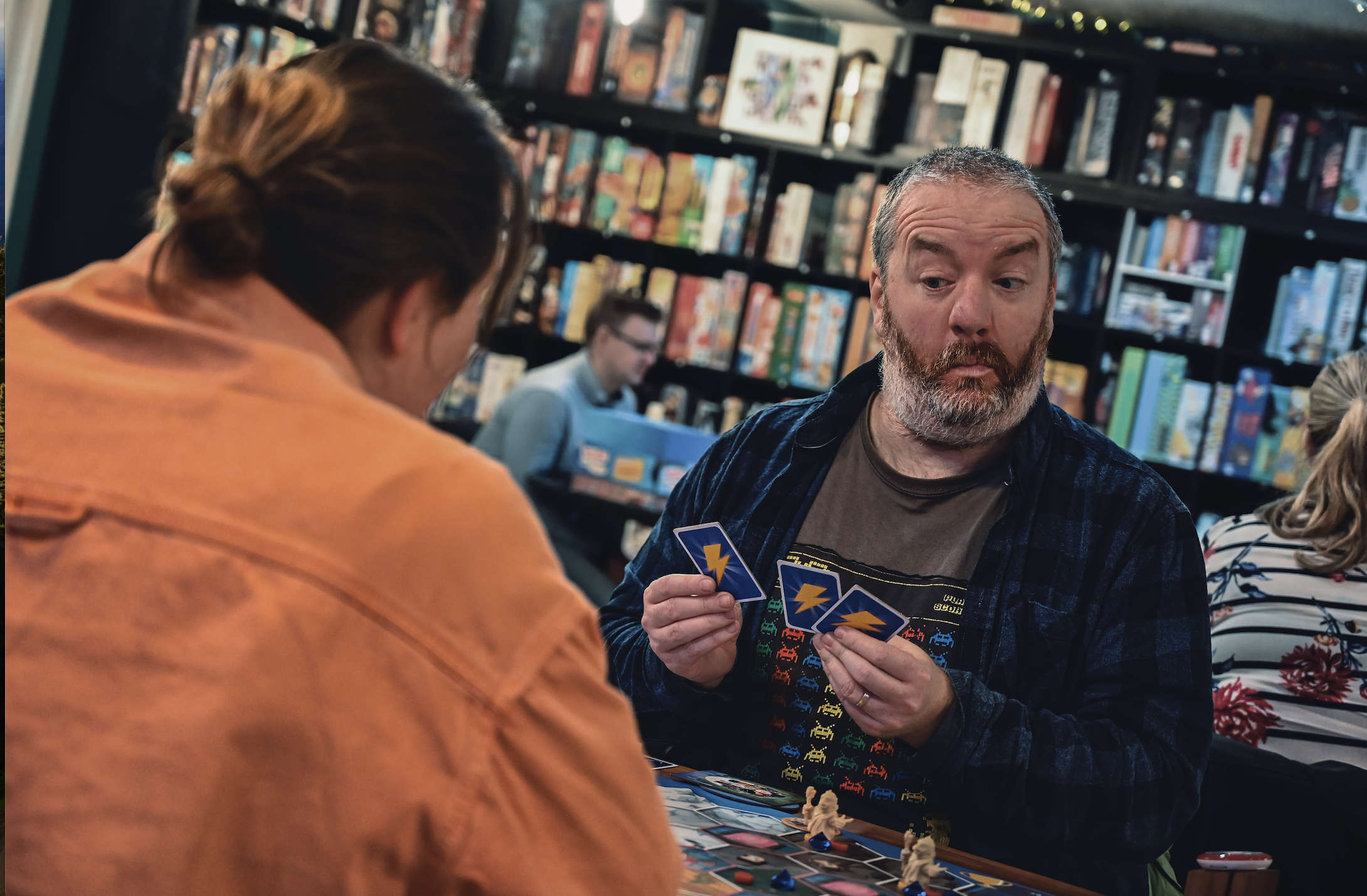 Snacks & Ladders to Offer Team Building Days
Snacks & Ladders to Offer Team Building Days
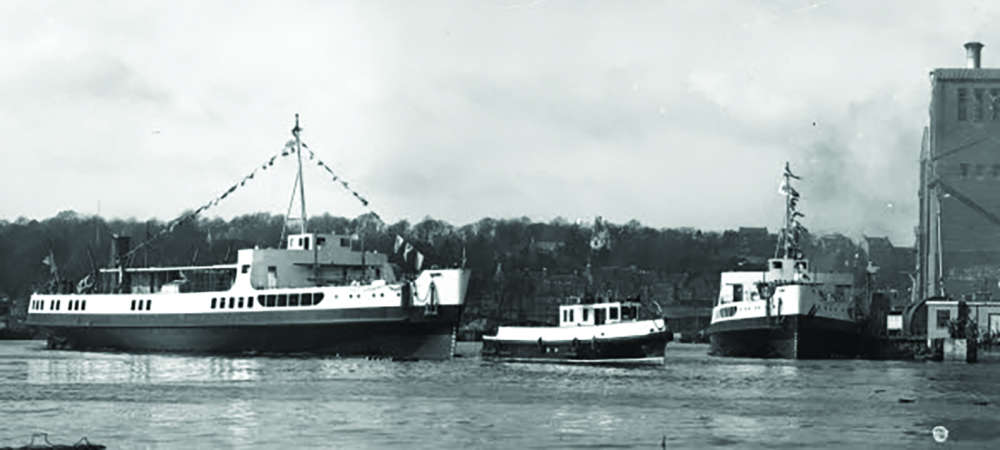 Dive Into the History of the Solent
Dive Into the History of the Solent
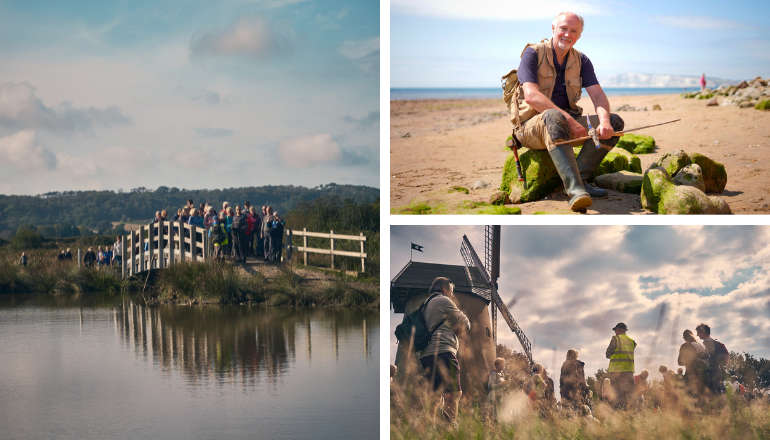 One Week To Go Until Isle Of Wight Walking Festival 25th Anniversary
One Week To Go Until Isle Of Wight Walking Festival 25th Anniversary
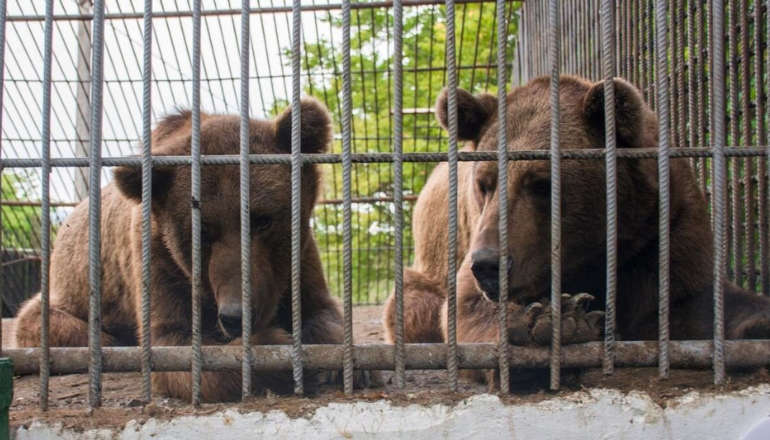 Wildheart Animal Sanctuary Rescue To Bring First Bears To Isle Of Wight For 30 Years
Wildheart Animal Sanctuary Rescue To Bring First Bears To Isle Of Wight For 30 Years
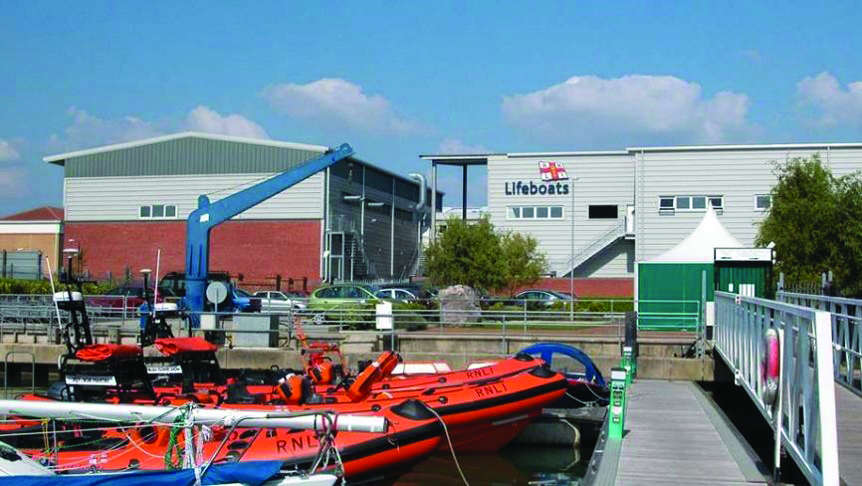 Inshore Lifeboat Centre to Mark RNLI's 200th Birthday
Inshore Lifeboat Centre to Mark RNLI's 200th Birthday
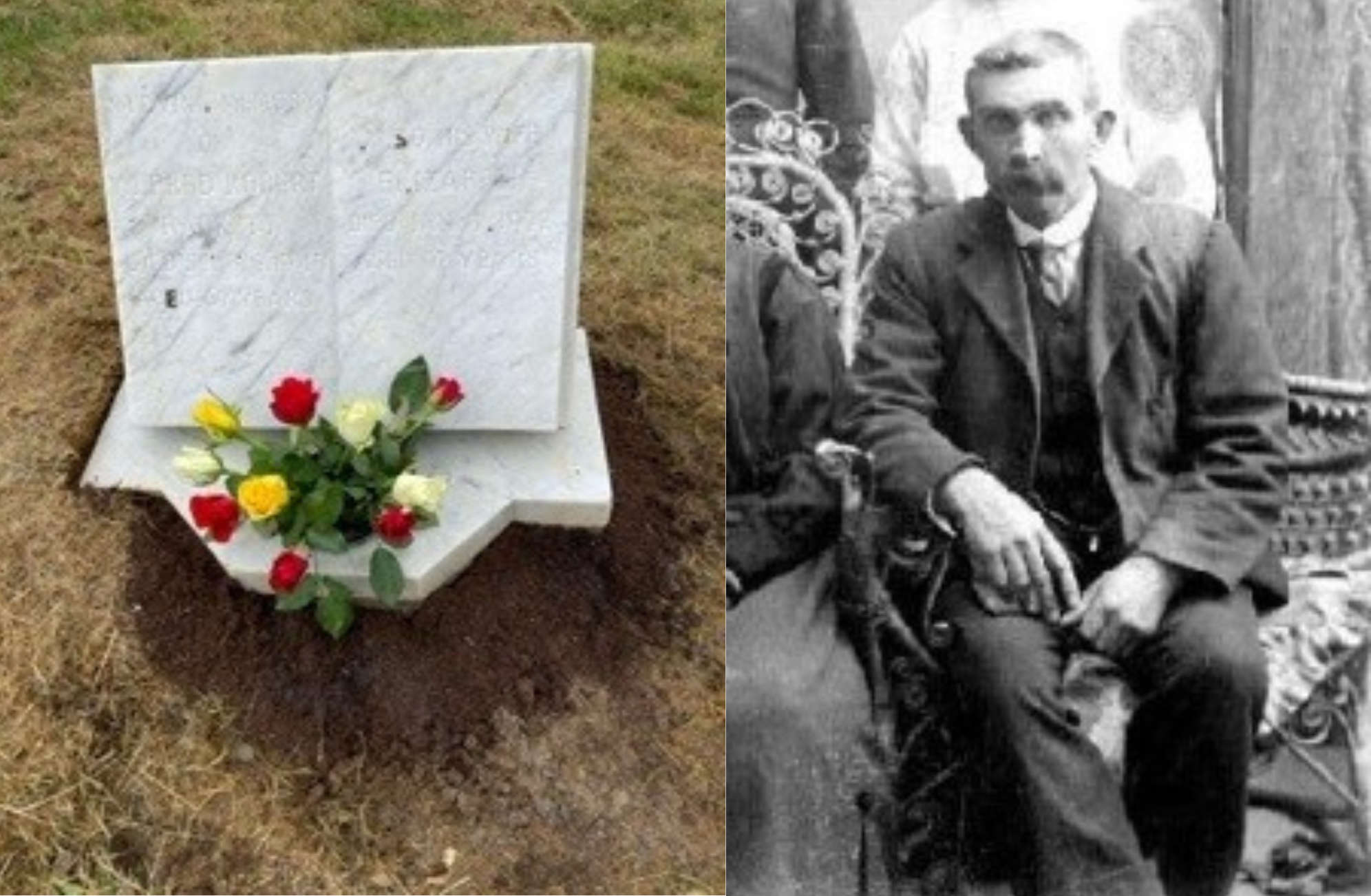 Newport Bombing Victim Officially Recognised by Common Wealth War Graves Commission
Newport Bombing Victim Officially Recognised by Common Wealth War Graves Commission
 Five Isle of Wight Dancers to Represent England in Global Dance Open Finals
Five Isle of Wight Dancers to Represent England in Global Dance Open Finals
 NEW COMPETITION: Win A Luxury Hamper For National Pet Day
NEW COMPETITION: Win A Luxury Hamper For National Pet Day
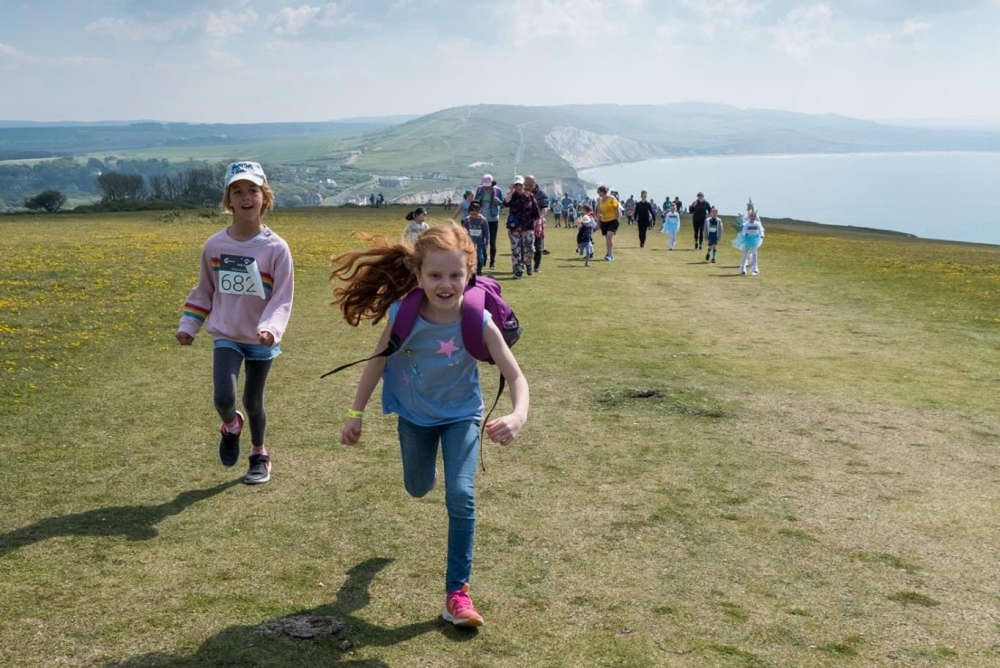 Schools Walk The Wight is Back
Schools Walk The Wight is Back
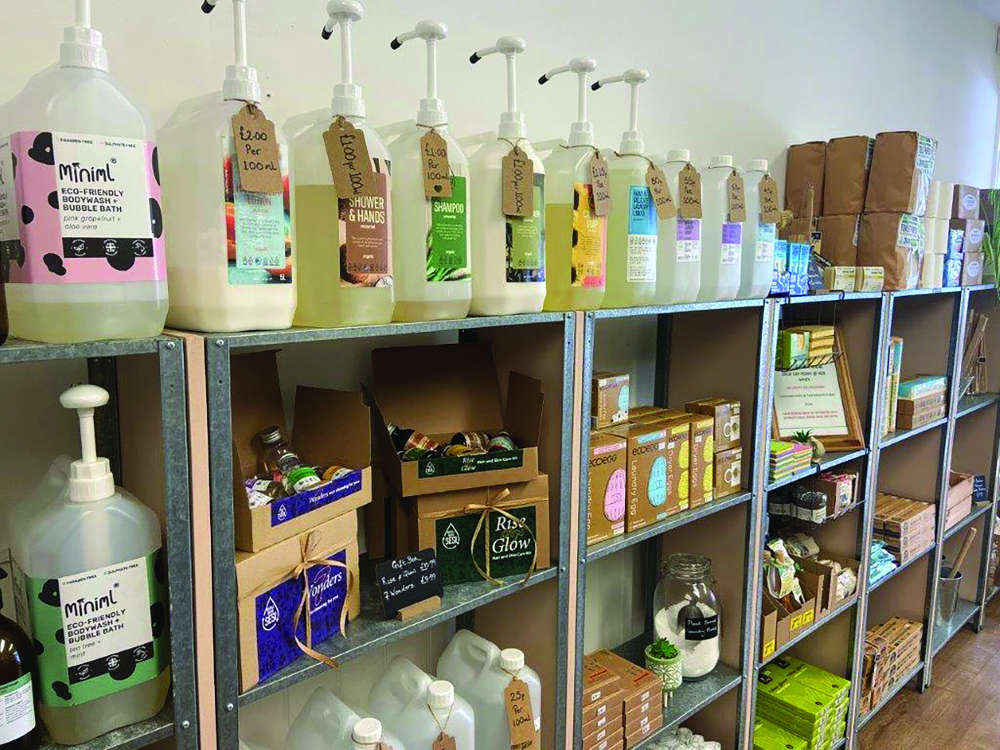 How a Popular Ryde Shop Helps Buyers Reduce, Re-use and Recycle
How a Popular Ryde Shop Helps Buyers Reduce, Re-use and Recycle
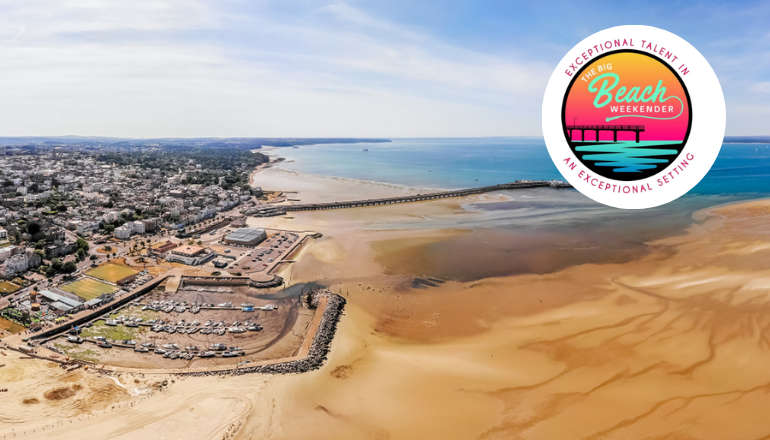 Summer Dates Announced For Ryde's Big Beach Weekender
Summer Dates Announced For Ryde's Big Beach Weekender
 Isle Of Wight Red Squirrel Hotspots To Look Out For This Easter
Isle Of Wight Red Squirrel Hotspots To Look Out For This Easter
 Purple Twist For Newport's Annual Aspire Easter Duck Race
Purple Twist For Newport's Annual Aspire Easter Duck Race
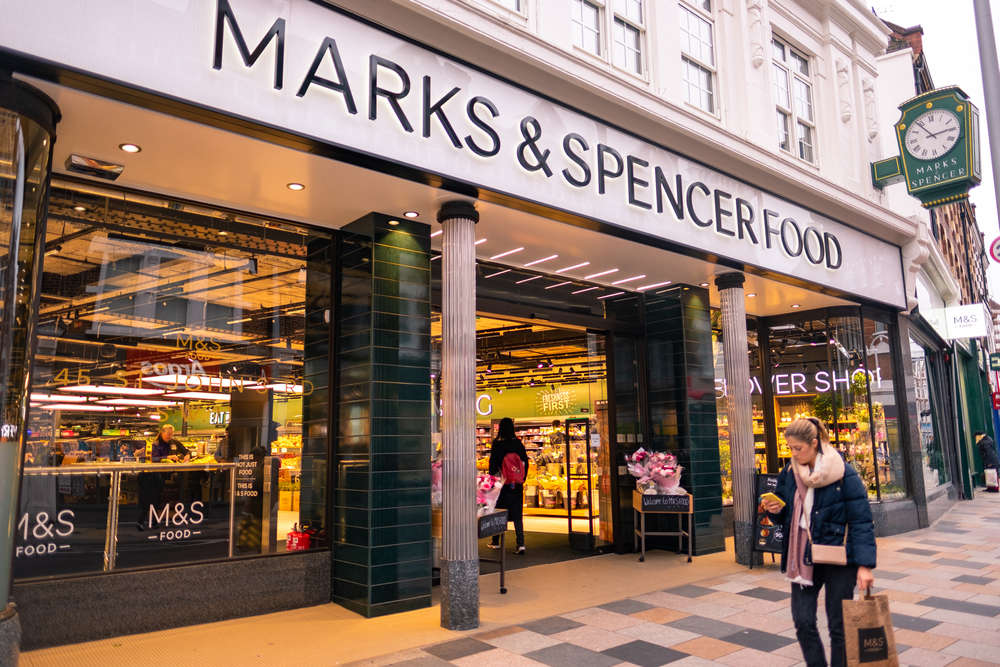 NEW COMPETITION: Win A £50 M&S Voucher
NEW COMPETITION: Win A £50 M&S Voucher
 Understanding Mental Health
Understanding Mental Health
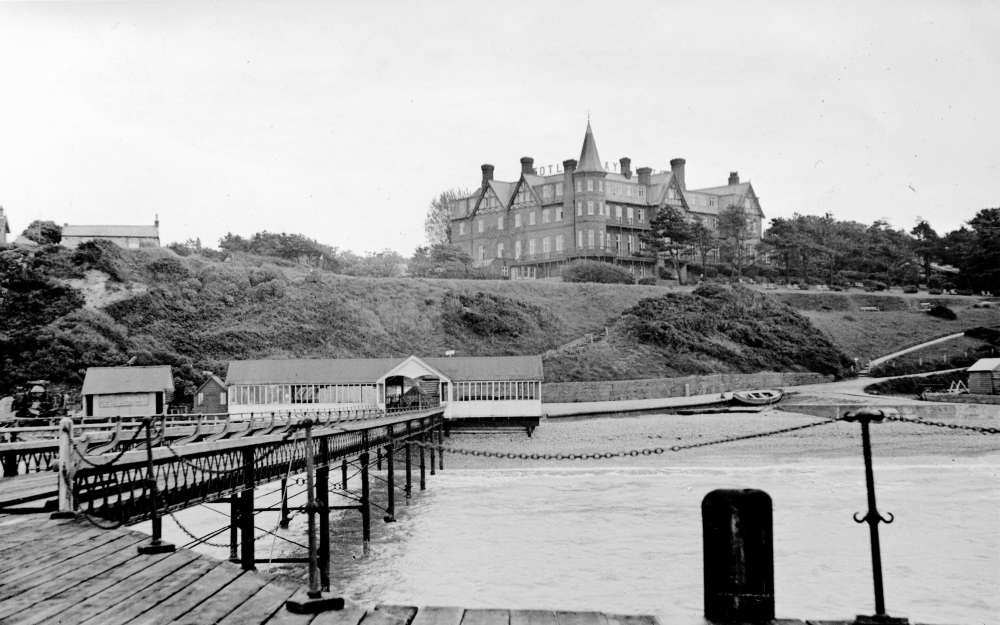 Totland Reflections: The Creation of a Seaside Resort
Totland Reflections: The Creation of a Seaside Resort